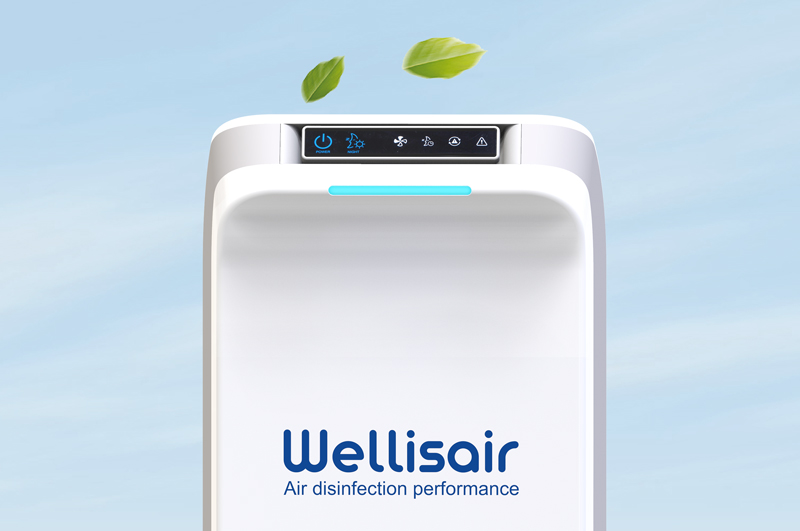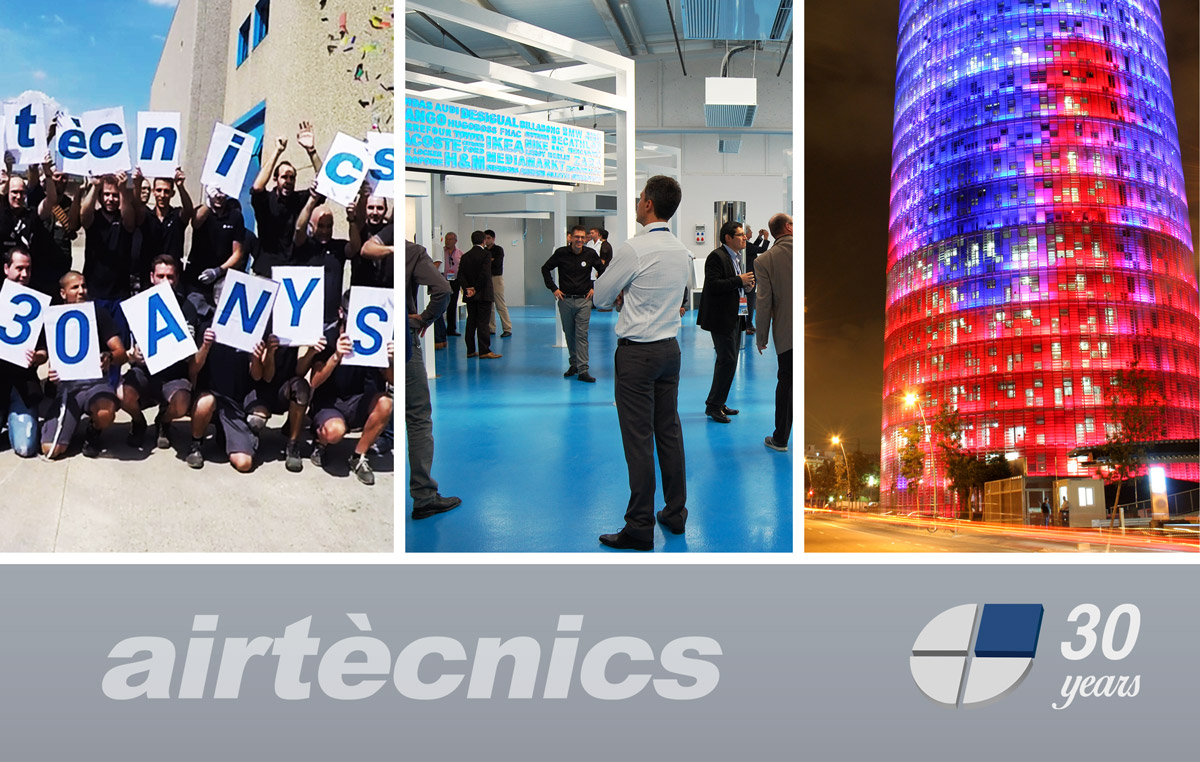Wellisair: a new device that purifies air and surfaces
Airtècnics produces a new technology that eliminates pollutants with structures similar to the Coronavirus COVID-19 through hydroxyl radicals, emitted in quantities lower than the maximum quantities established by the Health and Safety Institute.
The Wellisair device, designed in Barcelona by the doctor in Biomedical Engineering Pere Monagas, is being massively used in hospitals in China, Vietnam, Thailand or South Korea.
Airtècnics produces and distributes a new device that allows to sanitise the environment and inhibit different pathogens present in the air and surfaces up to 99.9%.

The device uses a new disruptive, innovative and patented technology that effectively generates and expands hydroxyl radicals (OH) which, through Advanced Oxidation Processes (AOP), eliminate pathogenic microorganisms and volatile organic compounds (VOCs). Hydroxyl radicals (OH) in sufficient concentrations inactivate viruses, bacteria, allergens and moulds and enable the degradation of organic compounds in the air to mineral forms.

The OH radical is the most important natural oxidant in tropospheric chemistry. It is often referred to as a "detergent" in the atmosphere, as it reacts with many pollutants, initiating the process of pollutant scavenging. It also plays an important role in the removal of greenhouse gases such as carbon dioxide, methane and ozone.
The importance of Advanced Oxidation Processes (AOP) lies in the fact that their application destroys the pollutant, and does not concentrate or transfer it to the environment. In this way, an almost total mineralisation of organic pollutants is achieved, i.e. they can be used to destroy the vast majority of organic compounds, especially non-biodegradable compounds such as organochlorines, PCBs, PAHs, etc.
Wellisair evaporates an oxygen reactive species (ORS) such as hydrogen peroxide (H2O2) or a terpene such as d-limonene. This evaporation reacts with an internal ozone emission below the limit concentration emitted by the WHO in the 2000 environmental limit values (ELV) for the general public in exposures of up to 8 hours and generates a constant and non-harmful production of OH radicals. Wellisair's operation is based on the emission of ozone at low concentrations (< 20 ppb) and the evaporation of standardised amounts of d-limonene or H2O2 from the cartridge, for the execution of the advanced oxidation process.


Efficacy against viruses similar to SARS COV-2
Viruses of the coronavirus family are 60-200 nm in diameter, have a helically symmetric nucleocapsid and a lipid sheath that is derived from the membrane of the previously infected host cell and contains glycoproteins and surface antigens. From the lipid sheath arise the characteristic projections of this genus forming a solar corona around it which is visible under a microscope and gives the family its name. Having an envelope means that the virus is sensitive to different external factors and agents such as heat, lipid solvents, non-ionic detergents, formaldehyde and oxidising agents and UV irradiation.
Based on results obtained with Wellisair on viruses with similar structures to SARS COV-2 virus, such as Syncytial Syncytial Virus (RSV), the device offers an expected clearance result of 92-99%, depending on environmental conditions.
Airtècnics has at its disposal all the certificates and tests that guarantee the effectiveness of the product.
- Landing Page Wellisair:
https://www.airtecnics.com/wellisair-air-disinfection-purifier
- Certificates:
https://www.airtecnics.com/wellisair-air-disinfection-purifier/certificates-tests-wellisair







